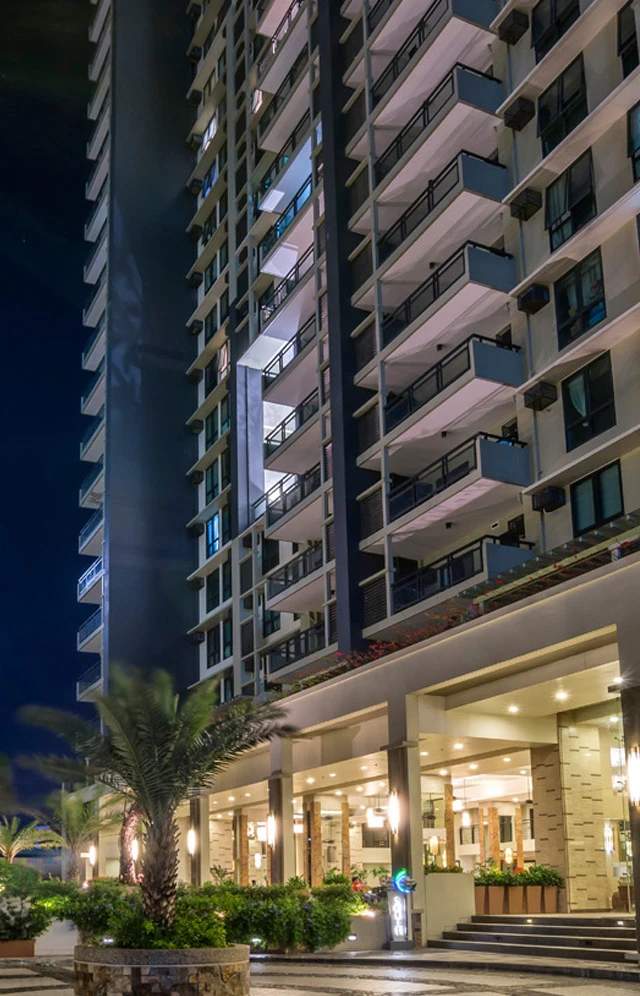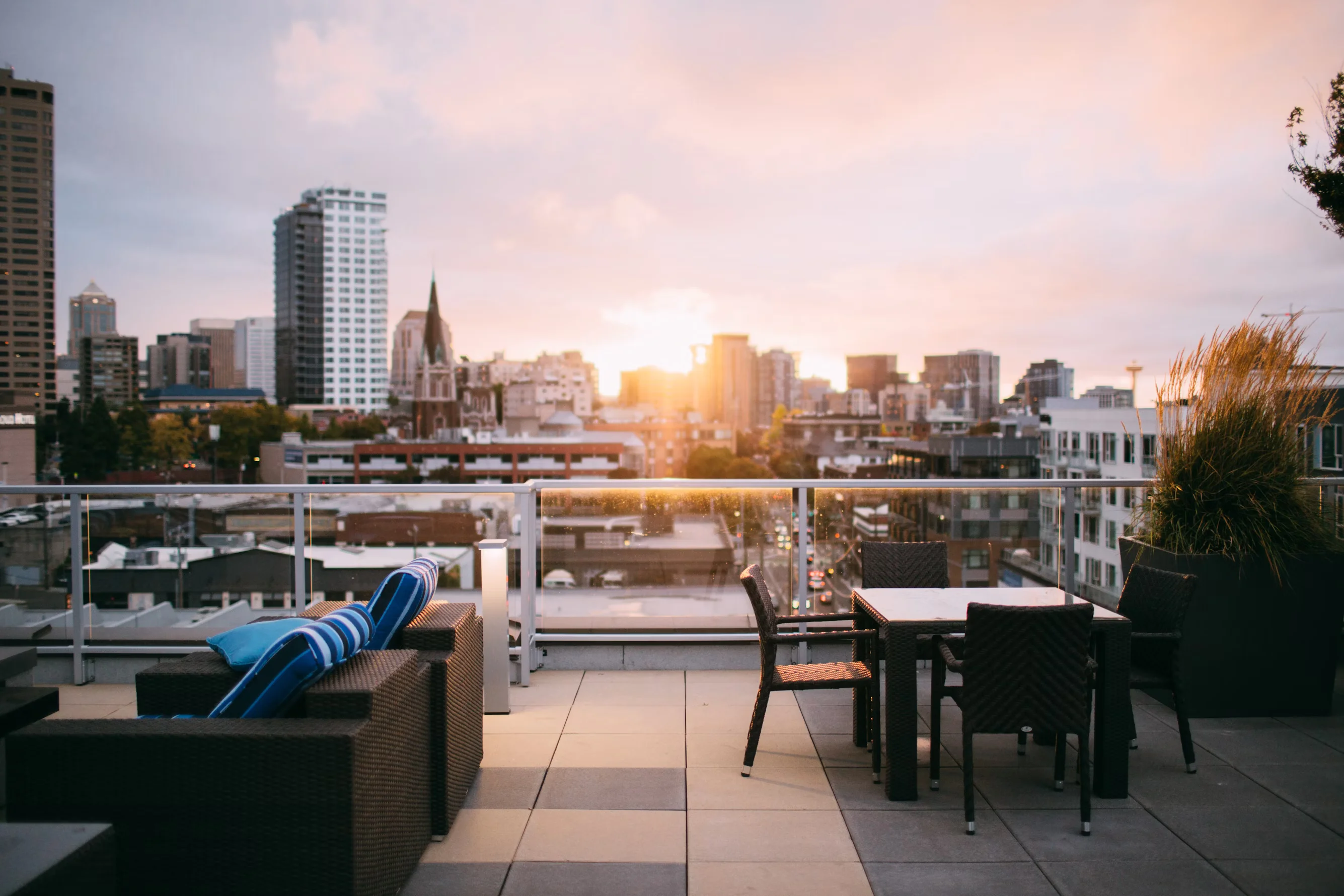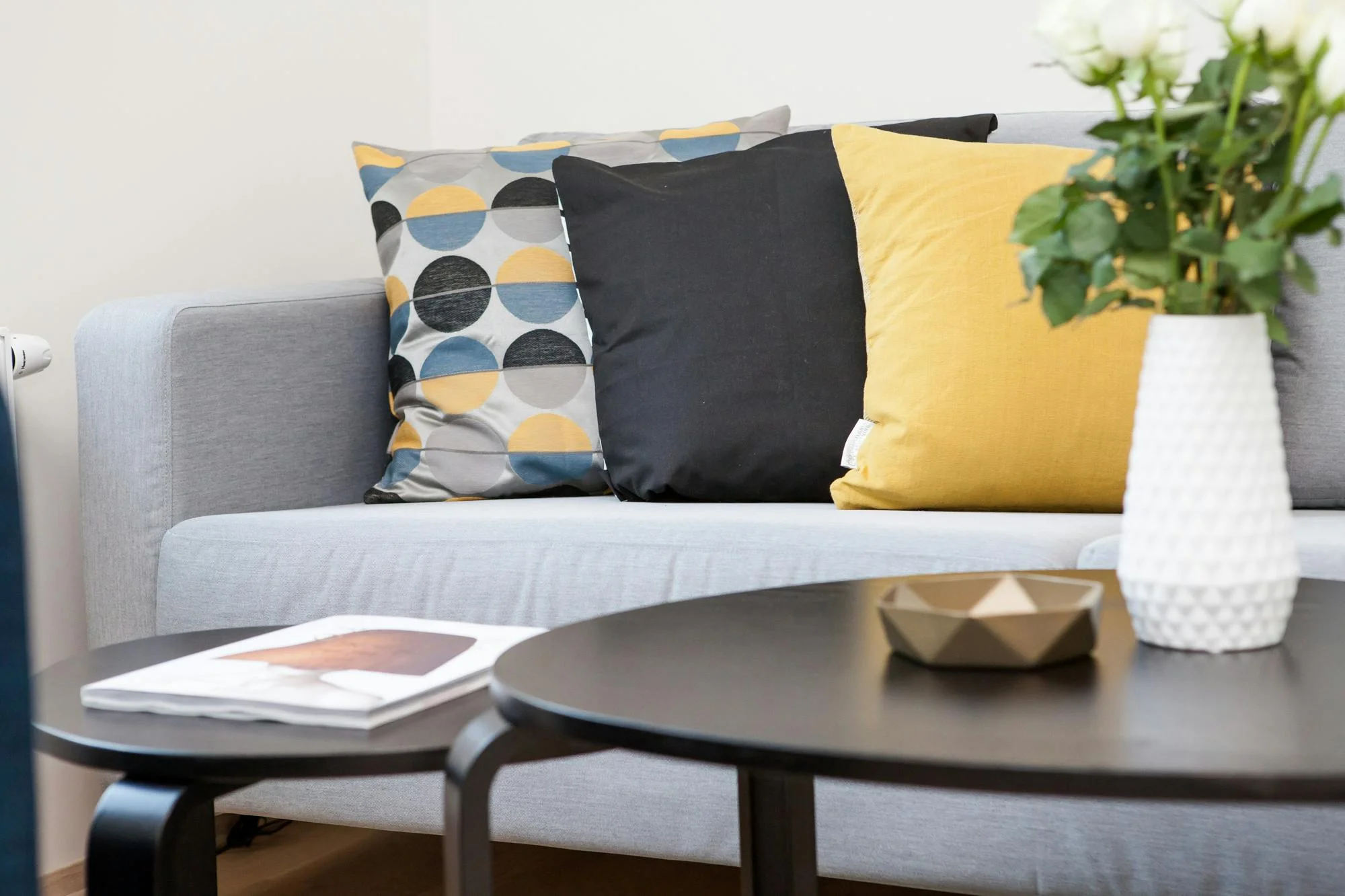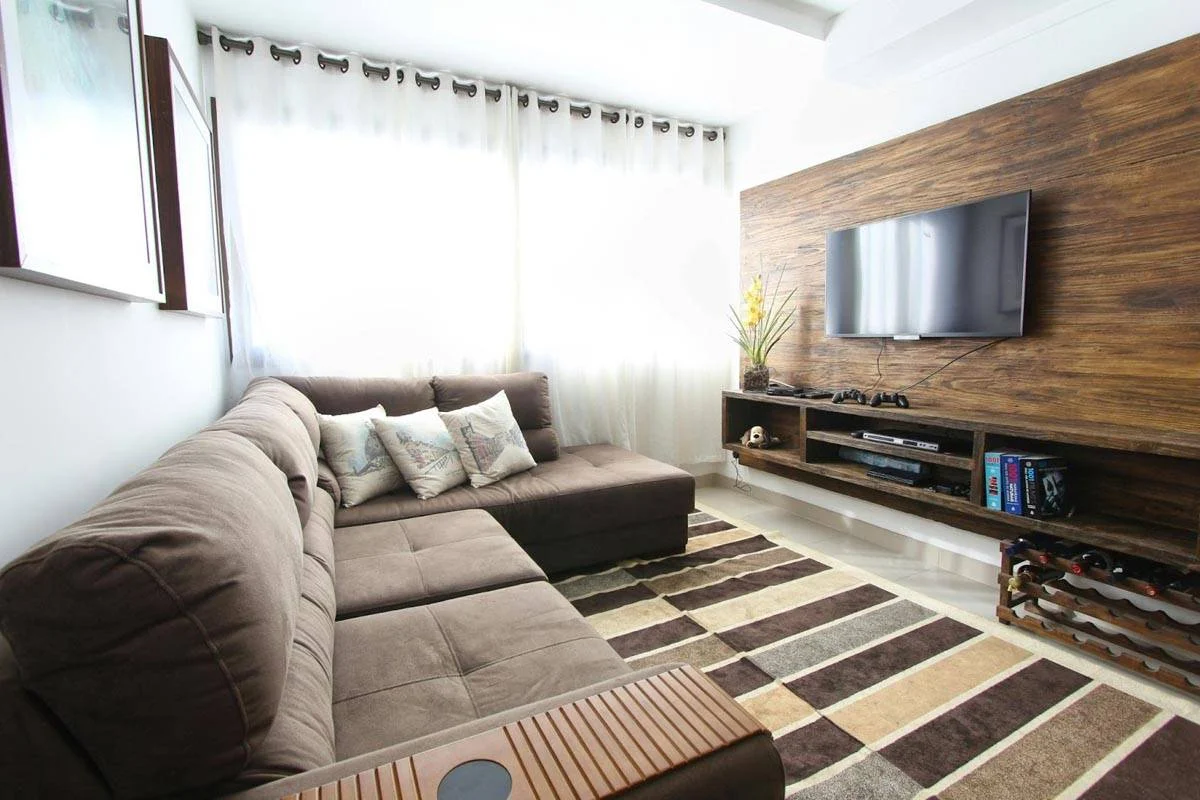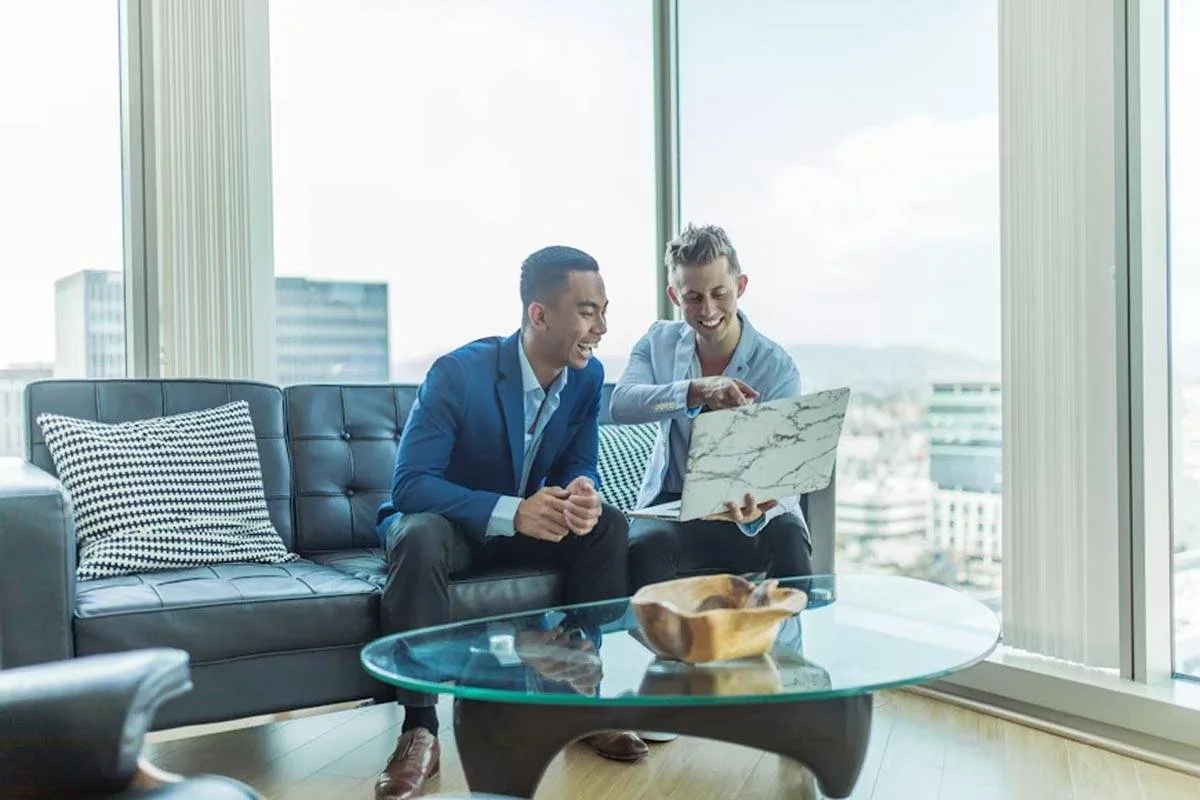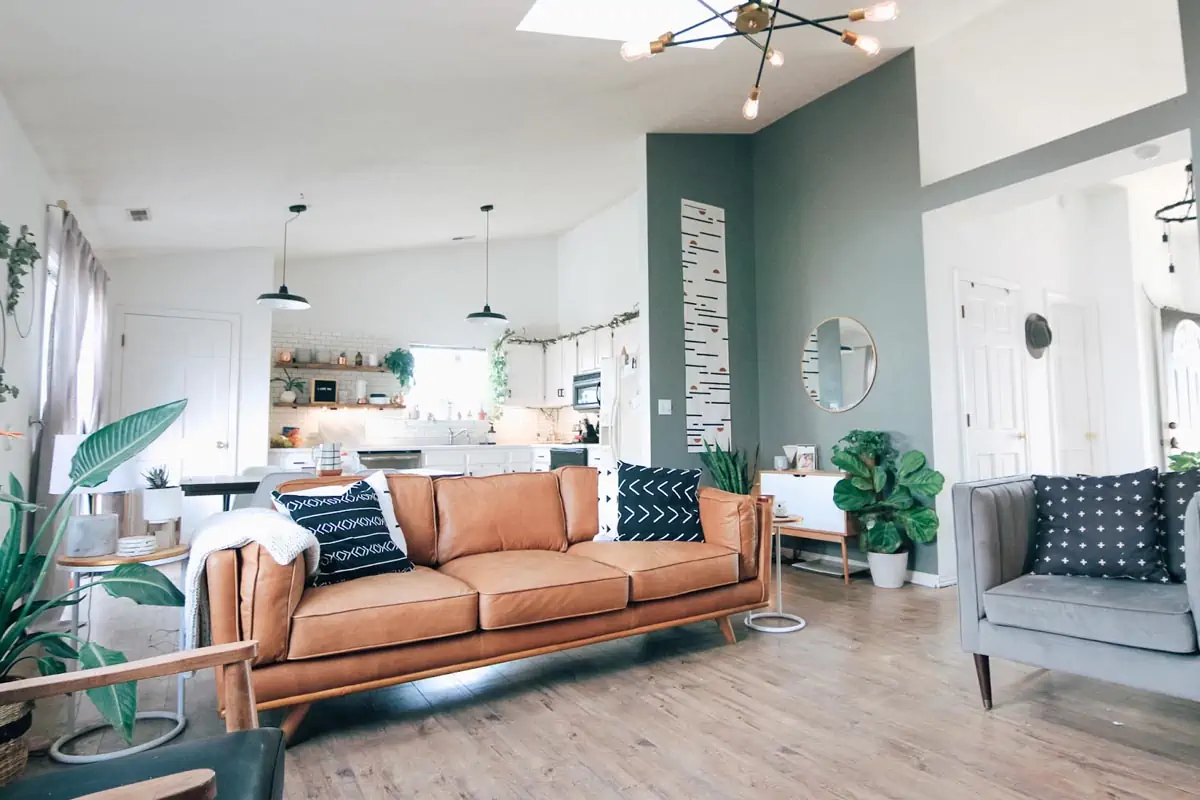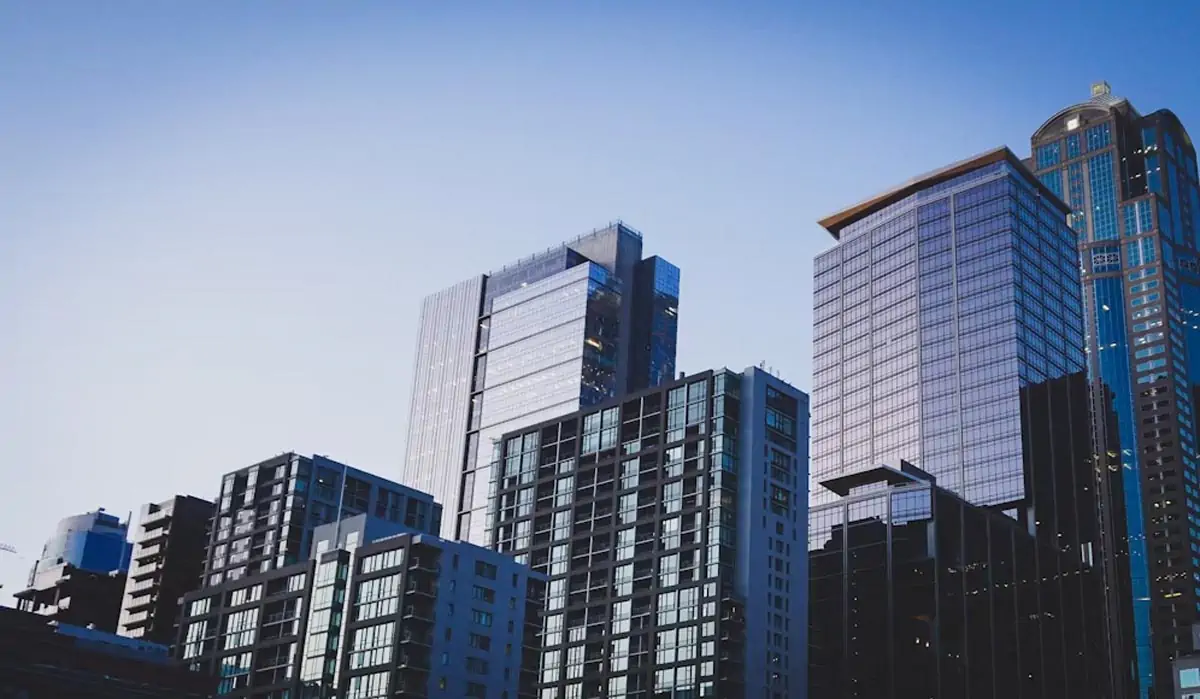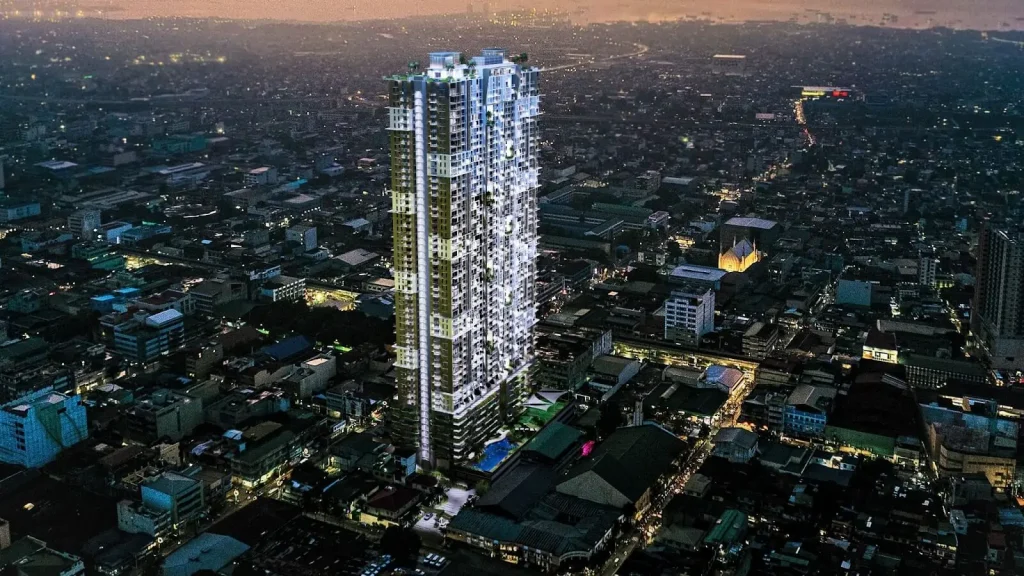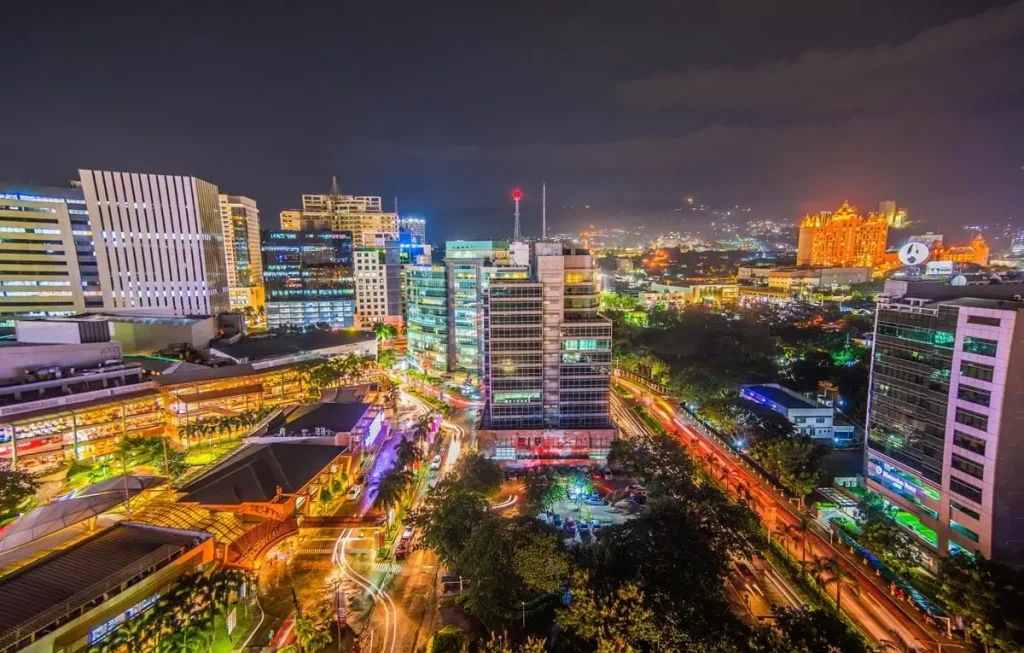A picture paints a thousand words—or so the song goes. Condo renters and buyers know this line by heart, but how about the owners? In a recent survey, a whopping 99% of the respondents said that great property photography is an absolute must to grab their interest ASAP.
We know the importance of great visuals since the Internet and Instagram-worthy images have become part of our lives. We click a certain website or profile—and linger there for a while—largely based on instinct and what’s attractive to our eyes. For condo owners leasing out their property, the fact that renters are relying on images on the Internet is both great news and bad news. It’s great news because there are greater chances to advertise your condo property as the perfect space. But it can be bad news if you don’t know how to effectively photograph your property to pique their interest.
Follow these photography tips to help you yield fast rental for your property. And yes, there are tips for your smartphone camera as well!
1. Always Begin with a De-Cluttered Space
Sounds obvious right? But you’d be surprised that, unfortunately, some people easily forget in their haste to advertise their property. Don’t make the fatal mistake of advertising your property with photos showing piles of paperwork, clothes on the floor, or any other clutter.
If you are very busy, which we all are, all you need is as little as five minutes to declutter, relative of course to how big your space is. Get a big box and put all the small things lying on the floor inside it. Your kitchen sink and bench top should also have none of the dishes, clean or otherwise. Remove fridge magnets, if you have any, on the fridge door.
The key is to always begin with a space that is free from unnecessary distractions. What you want your future tenant to see in the very first photo is how clean and inviting the features of your condo are. This is true for selling condo tips as well as for making your space attractive to renters.
2. Let the Sunshine In
Living areas such as rent-to-own condo require proper lighting when being photographed. A darkly-lit space will give the impression that it’s sad and gloomy.
Professional photographers completely understand how light and shadow can play to the advantage of any picture. Before tinkering with artificial light such as the flash of your camera, maximize natural light first. Natural or ambient light is basically the daylight that comes from the outside of your space. By simply opening all windows and other possible entry points of daylight such as doorways, you bring clean light to your space. Letting the sunshine in will dramatically make your space bright and inviting.
3. Master Artificial Lighting
If you’re using a DSLR camera and want to advertise through photos, you have more opportunities to make your images stand out from the crowd. Yuppies looking for condo for rent in Makati and other business centers are drawn into images that are beyond the usual.
Unlike a point-and-shoot camera, a DSLR camera enables you to benefit from the off-camera flash technique. This technique means that your camera will expose correctly for bright light sources such as windows, while increasing the exposure of darker parts of your space.
A helpful guideline in mastering artificial light with a DSLR camera is this: shutter speed affects natural/ambient light, while aperture and ISO affect natural light and the artificial flash of your camera. The secret is in balancing both light sources to create the best image for your property.
4. Be Smart with Your Smartphone
Not having a professional camera is not the end for your dream to make your property attractive to tenants. Recent models of smartphones are technologically advanced that they can be used to take photos of your property. Smartphones are actually convenient devices that allow you to immediately upload great property photos to various social media platforms.
There are three things to consider when using your smartphone camera. First, turn on the HDR feature so you have wide photo options later. Second, make sure your hands are stable and that you first allow the camera to focus before taking the photo. Third, as stated in Tip # 2, get as much light into your space as possible.
5. Take Photos from Multiple Levels
You know your space better than anyone else. You know which are the best viewpoints for your property. Still, it’s wise to take photos from multiple levels so you have options when reviewing your images later.
Follow this useful professional tip: shoot from an angle suitable to the position of objects within a particular room. For example, when shooting your bathroom or living room, where the contents are usually below hip height, it is best to shoot from just below your hip. But when taking a photo of your kitchen or dining area, where the layout is usually from the floor up to the ceiling, shooting on the same level as your chest would be ideal.
6. Maximize Your Space
An effective answer to your question: “How to have my condo rented out fast?” is to maximize the size of your property when taking photos. Make sure your property photo faithfully captures all the available space. A great technique is to take a photo from the farthest possible corner you can squeeze yourself into.
In some cases, it would even be advantageous to photograph your space through a doorway, without of course revealing the door frame, which can be distracting. The key is to take advantage of all possible areas of your space to make it look the comfortable and roomy place that it is.
7. Use a Tripod Or "DIY" It
In many cases, hand-holding your camera will result in blurry and unprofessional-looking shots. If you’re struggling with blurry photos, using a sturdy tripod will solve the problem. It’s a good investment in the long run since tripods can be used not just for property photography but also for other things such as family portraits.
However, if you don’t have the time or extra budget to buy a tripod, you can definitely do it yourself! It’s simple: fill a small plastic bag with rice grain, but make sure there’s room to adjust its form. Next, place the bag on a table or chair if you need extra height. Finally, place your camera on top of the bag and adjust the angles accordingly. Arm yourself with a tripod or with this DIY alternative to eliminate all likelihood of unstable shots.
8. Avoid Distortions
Avoid distorting any wide shot as this will make your space look cramped. To do so, take photos of your property with the side frames at a distance from any blocking objects such as a piece of furniture or wall.
A professional tip is to fill the frames of your photo with less things, instead of crowding them with objects. In some cases, it is even best to take a smaller part of the room than forcing everything to fit in the photo. Young families in search of condo for rent in Manila understand the importance of investing in a place where they feel they can move. The key is to present your property as a breathable space.
9. Learn Editing Basics (And Useful Apps)
Let’s say that you took a photo, and everything looks perfect, except that a certain area looks overexposed. An easy and helpful tip is to adjust your photo with editing programs such as Photoshop and Lightroom. In Photoshop, one of the useful tools for underexposed and overexposed images is the blending tool. In Lightroom, using the HSL tool will reduce the luminance of certain dominant colors like yellow or blue.
Again, balance is key. Smartphones also have useful apps that you can utilize, such as Snapseed. But a warning: do not overdo your editing. Buyers and renters respond better to real photos of a property, not to overly edited ones.
10. Count Yourself Out the Mirror
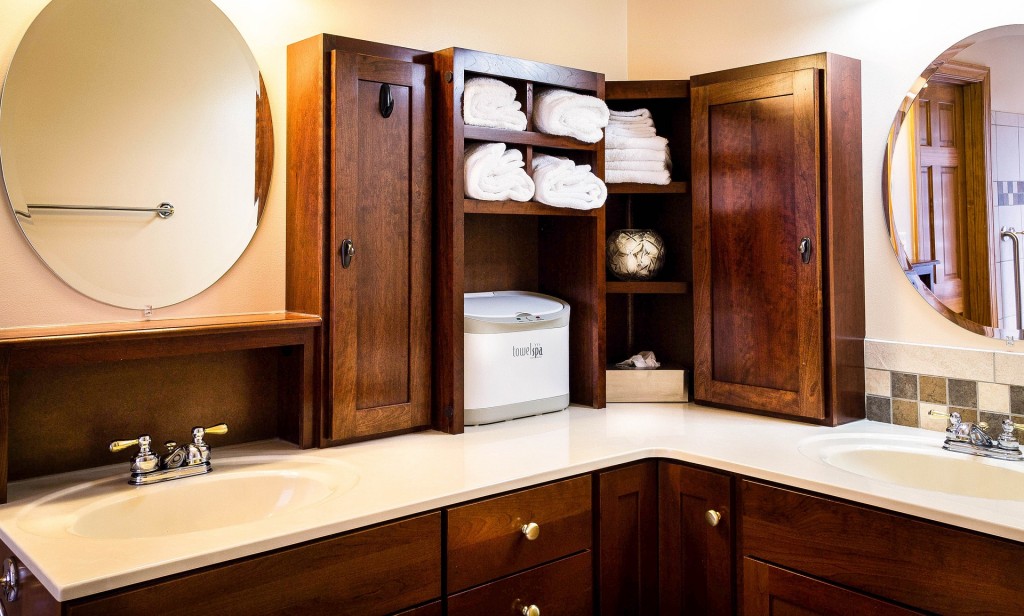
Photo courtesy of JamesDeMers via Pixabay
When shooting spaces with mirrors such as bathrooms, it might be tempting to include yourself in the photo. For your property’s benefit—and for your own—it is best to resist the temptation. Tenants want to imagine themselves inhabiting your space, not someone else. Also, when shooting an area with mirrors, take off your camera’s flash and shoot at the corners. This will avoid flashbacks and will easily allow you to be invisible in the shot.
As with everything, practice and experience are the basis for improvement. Professionals advise that you view property photography as both science and art: it takes basic technical know-how and an artistic vision for it to be effective.
Use these tips as opportunities to practice on your own and don’t forget to take inspiration from other photographers. Like your future tenant, use the Internet for practical inspiration and to expand your knowledge. Picture it this way: if a buyer or renter is presented with two identical homes, the one with the best photos will solicit a better response. Making sure your property photos are best-looking will result in excited inquiries ASAP and a successful deal in no time.

